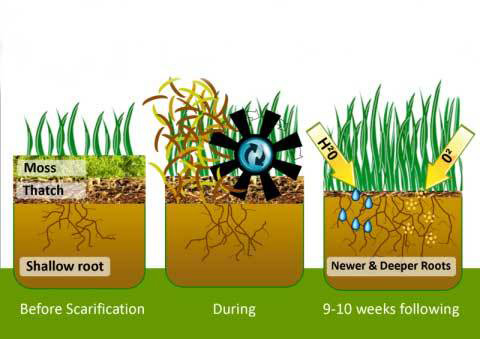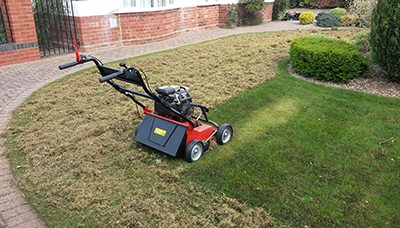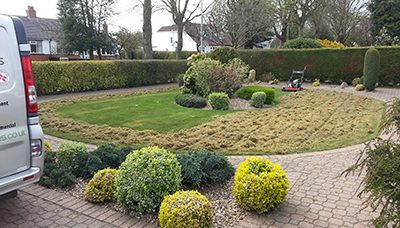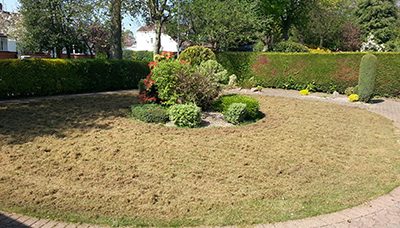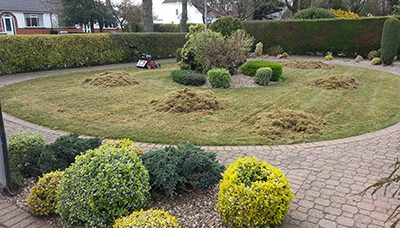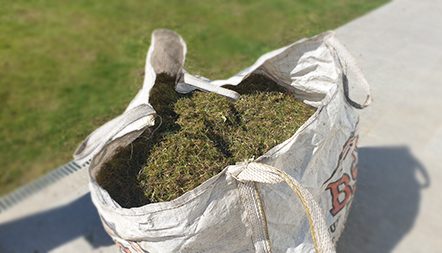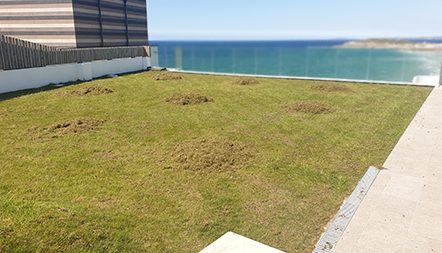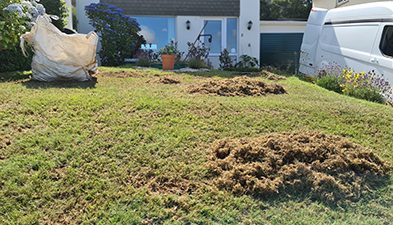What time of the year is it best to scarify your lawn is a very important question and the answer is basically when the lawn is actively growing and able to recover from the process. The two main seasons in the year when this is spring and autumn. Scarifying is a process that removes large quantities of dead organic matter, usually in the form of grass clippings and dead moss and even the most healthiest of lawn benefit from being scarified. This organic matter will very quickly form a dense layer on the surface of the soil, and is known as thatch (please read my other article regarding lawn thatch). The most effective way to dethatch a lawn is with a scarifier. It uses a series of revolving vertical knives that cut and pull through the thatch and moss and bring it to the surface of the lawn. The debris is then raked away for disposal. It is suprising how much can be removed. Once the lawn has been scarifyed it is advisable to over seed the lawn.
Below is a guide of the best time of year to scarify your lawn:
- APRIL – THIS IS USUALLY A EXCELLENT TIME OF YEAR
- MAY – POSSIBLE DEPENDENT IF CONDITIONS ARE NOT DRY
- JUNE – AUGUST – AVOID AT ALL COSTS
- SEPTEMBER – OCTOBER – THIS IS THE BEST TIME OF YEAR
- NOVEMBER – USUALLY NOT RECOMMENDED
Unless the long range weather forecast is good and no frosts and no cold weather is predicted you could take a chance and scarify your lawn but if temperatures are below 8 degrees your lawn will not recover well.
- DECEMBER – MARCH – AVOID AT ALL COSTS
It is too cold and the lawn will be in hibernation for winter and will not recover. Scarifying at this time of year will cause more damage than good.
If you have any questions please send me an email to sean@grasshoppergardenservices.co.uk or leave a comment below

